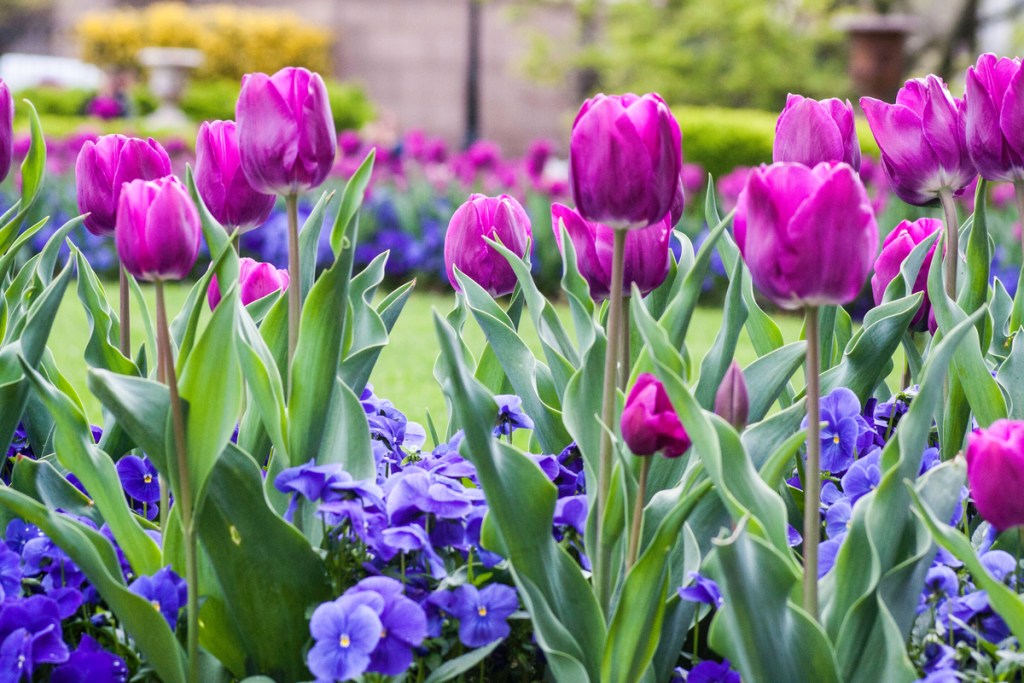Flowers that grow from bulbs, like tulips, daffodils, and crocuses, are usually among the first flowers to bloom in spring. If you’ve had a rough winter, and your tulip bulbs haven’t sprouted, you may be left asking yourself, "Why are my tulip bulbs not coming up?" Don’t panic! There are a few possible reasons they may not have come up, and some of them are easy to fix. Keep reading to learn all about what could delay your tulip bulbs, how to help them, and what to do to prevent more problems in the future.

Why aren't your tulips sprouting?
First, it’s important to know if your tulip bulbs are actually late. If you’re wondering when do tulips bloom, the answer is March or April. However, you should begin seeing growth before that, as early as January in some regions. If you’re seeing growth, but no blooms yet, it’s likely an issue of planting location. Too much shade, poor drainage, or a lack of nutrients in the soil can lead to slow growth.
If you haven’t seen any growth, there may be an issue with the bulbs themselves. Cold damage caused by a severe winter may have weakened the bulbs, or a late-season frost may have kept them from coming out of dormancy. If this is your bulbs’ first spring, they may also be planted too deep, leaving the sprouts unable to breach the surface.

Encouraging tulips to sprout
Here's how to correct the problem and encourage tulip bulbs to sprout:
Step 1: Dig them up to check for frost damage.
Be gentle in case they are not damaged, and to avoid damaging other nearby plants. Look for blackened or rotting bulbs.
Step 2: Remove damaged or rotting bulbs.
Step 3: Place the remaining tulips in a warm, sunny location.
This will help them come out of dormancy and begin their spring growth.
Step 4: Repot them at a depth of 8 inches with well-draining soil.
Step 5: Add compost or fertilizer.

Preventing future problems
Follow these steps to prevent future problems:
Step 1: Make sure your tulip bulbs are planted 8 inches deep.
Step 2: Move potted tulips indoors during winter.
If you can’t bring them indoors, then tuck them into a sheltered corner where they will be protected from the wind and snow.
Step 3: Add a layer of mulch over the soil.
Step 4: Wrap or cover the container during winter to protect the roots.
A newspaper or a plastic tarp works best. Avoid using fabric, as it could absorb water and freeze.
Step 5: Reduce watering in late fall and winter to ensure they go into dormancy at the right time.
Tulips, daffodils, crocuses, and other bulb flowers are remarkably cold-tolerant plants, easy to care for, and beautiful in spring. Luckily, it’s typically easy to determine why a tulip hasn’t sprouted or bloomed. While bulbs heavily damaged by frost may not bloom at all, most other problems can be corrected. Once your tulips' needs are met, you should start to see new growth and beautiful blooms!




